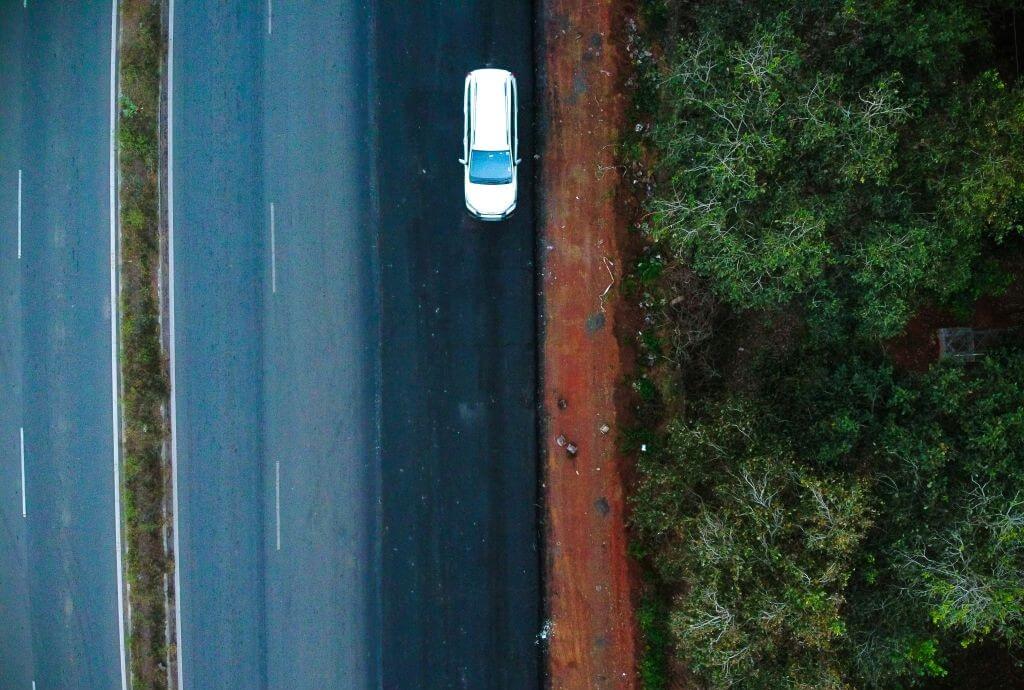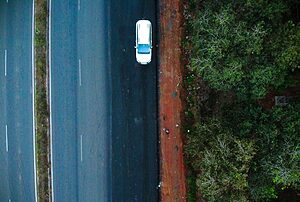Summarised by Centrist
Cloud seeding, developed in the 1940s, involves injecting particles like silver iodide into clouds to encourage rain or snow.
It’s used around the world to fight drought, prevent wildfires, and reduce fog—China famously used it to keep rain away from the 2008 Olympics.
Researchers say its results are mixed at best and potentially dangerous at worst.
The World Meteorological Organization (WMO) estimates seeding increases cloud cover by relatively little, between “essentially zero” and twenty percent. Despite this, cloud seeding has surged globally in recent years.
China’s Sky River programme, for instance, conducts operations over the Tibetan plateau to secure water supplies—raising fears in India that this could impact downstream flow.
Marine de Guglielmo Weber, a researcher at France’s military academy, warns that weather modification can trigger geopolitical suspicion. “If a country learns that its neighbour is changing the weather, it will be tempted to blame the neighbour to explain a drought,” she said.
Accusations of “cloud theft” have already appeared. In 2018, an Iranian general blamed Israel for stealing clouds, and in 2024, floods in Brazil and the UAE sparked online claims that cloud seeding caused them.
Cloud seeding has even been used in warfare. The US deployed it during the Vietnam War under “Operation Popeye,” prompting the UN to ban hostile environmental manipulation in 1976—though not all countries signed on.



















